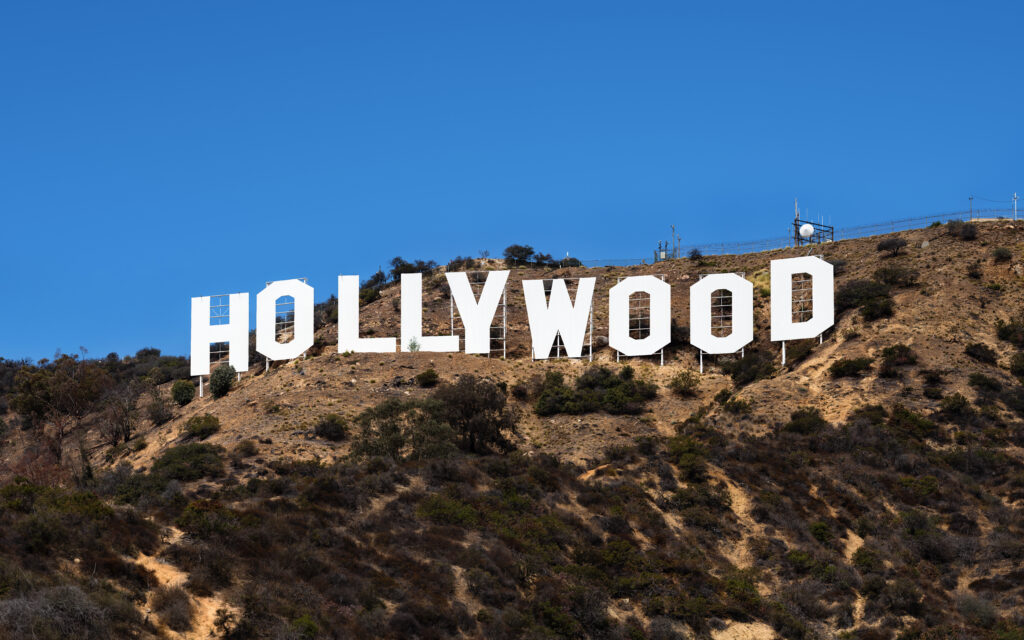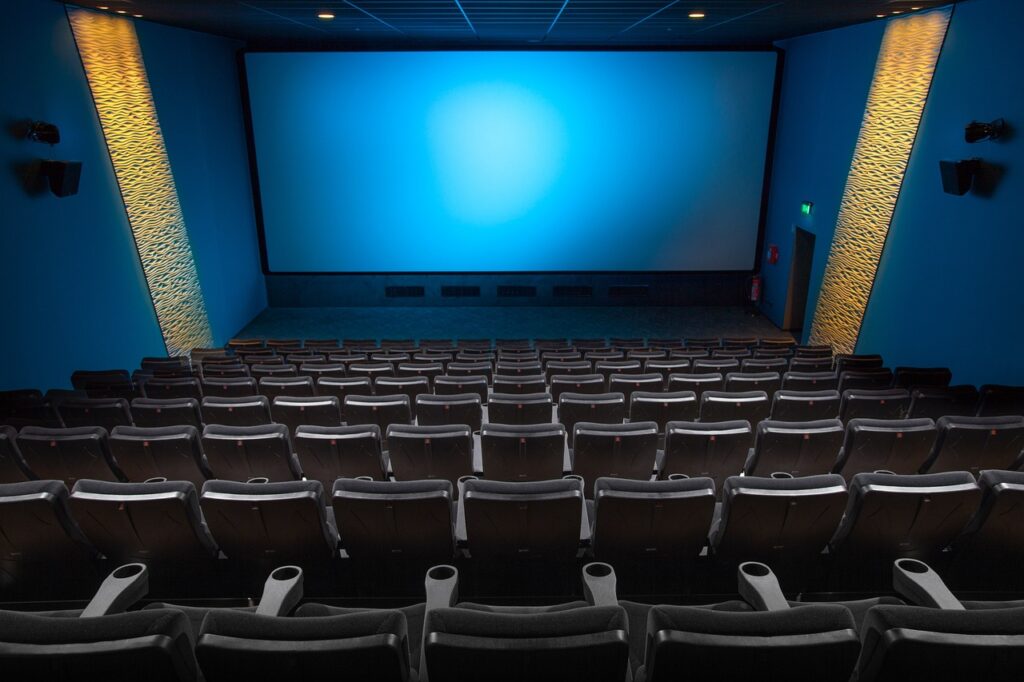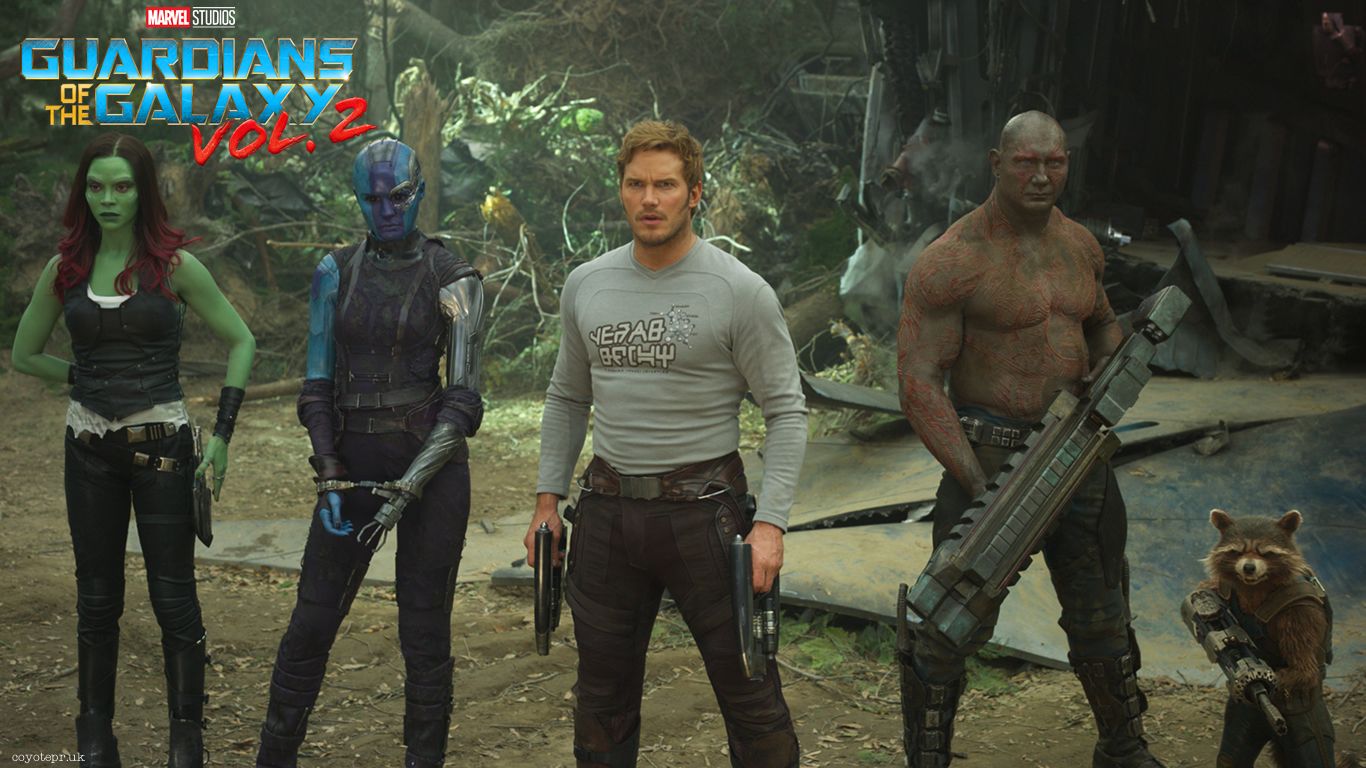
Hollywood, a realm often perceived as glitzy and immune to the everyday struggles of labor, found itself embroiled in a historic confrontation that peeled back the veneer of Tinseltown glamour. The year 2023 saw an unprecedented convergence of labor disputes, as thousands of union members—first writers, then actors—took to the picket lines, demanding fairer terms and a re-evaluation of industry practices that had been fundamentally reshaped by the advent of streaming. This wasn’t merely a squabble over paychecks; it was a deeply analytical battle for the very future of creative work, pitting individual artists and their collective power against the monolithic studios.
At the heart of this seismic shift lay a fundamental disagreement over contracts, compensation models, and the ethical implications of emerging technologies. The Alliance of Motion Picture and Television Producers (AMPTP), representing the major studios, and SAG-AFTRA, the actors’ guild, found themselves at an impasse, their negotiations characterized by starkly contrasting narratives and accusations of bad faith. What began as a simmering discontent among writers escalated into a full-blown crisis when actors joined the fray, creating a double strike that sent shockwaves through the entire entertainment ecosystem.
This article delves into the intricate dynamics of this modern labor saga, dissecting the key demands, the strategic plays, and the contentious issues that defined the standoff. We’ll explore how A-list talent and behind-the-scenes workers alike navigated a landscape of diminishing residuals, the frightening promise of artificial intelligence, and the divisive strategy of interim agreements, all while attempting to forge a path toward a more equitable future in an industry undergoing profound transformation.

1. **The Unprecedented Standoff: SAG-AFTRA vs. AMPTP**The central conflict that paralyzed Hollywood was the profound disagreement between SAG-AFTRA and the AMPTP. After what were described as “meaningful conversations,” the studio alliance released a blunt statement, declaring, “it is clear that the gap between the AMPTP and SAG-AFTRA is too great, and conversations are no longer moving us in a productive direction.” This signaled a breakdown in negotiations, pushing the industry further into an uncertain future. The AMPTP had only recently settled with the Writers Guild of America, suggesting a pattern of protracted, difficult negotiations.
SAG-AFTRA, however, countered with fierce criticism, accusing the AMPTP of employing “bullying tactics” and disseminating “misleading information.” They alleged that the studios were attempting to “fool our members into abandoning our solidarity and putting pressure on our negotiators.” The union asserted that, much like the writers before them, their members were “smarter than that and will not be fooled.” This exchange of public statements highlighted not only the chasm in their demands but also a deep distrust that permeated the negotiation process.
From the guild’s perspective, the studios’ approach was a calculated strategy to break the strike, similar to what was reportedly attempted with the WGA, where studios allegedly intended on letting writers “go broke and lose their homes before they’d cave.” The actors’ entry into the strike, however, complicated this strategy, as striking actors were unable to do press for any projects, past, present, or future. This inability to promote new releases meant studios were beginning to hold back major films, amplifying the financial pressure on the production companies themselves. The stakes were incredibly high, with both sides refusing to budge from their core positions.

2. **The Digital Divide: Streaming Revenue and the Economic Burden**One of the most contentious points in the contract negotiations revolved around the economics of streaming services. As studios pivoted dramatically away from traditional network and theatrical models, shifting content “exclusively to their services,” the concept of residuals, a long-standing cornerstone of performer compensation, became increasingly tenuous. This systemic change fundamentally altered the revenue streams for actors, particularly those whose work found new life on streaming platforms without commensurate pay.
SAG-AFTRA’s primary demand in this area was a seemingly modest 2% cut of streaming revenues for performers. This proposal was framed by the union as a basic and fair request, an attempt to adapt existing compensation models to the new digital reality. However, the AMPTP vehemently rejected this demand, asserting that it would “create an untenable economic burden.” The studios estimated that this 2% cut would amount to a staggering $800 million in revenue, a figure they claimed was simply too large an ask for their balance sheets.
This economic chasm reflected a deeper philosophical divide over who should benefit most from the streaming revolution. For the studios, the investment in streaming infrastructure and content creation justified keeping a larger share of the revenue. For the performers, it was a matter of fair compensation for content that generated immense value for these platforms, value that often translated into subscriber growth and market capitalization. The disagreement highlighted how deeply the shift to streaming had fractured traditional Hollywood economics, leaving many performers feeling shortchanged by a system they had helped build.

3. **AI’s Shadow: The Battle Over Digital Likenesses**Beyond the financial disputes, the emergence of artificial intelligence technology presented another formidable sticking point, one that raised profound ethical and existential questions for performers. This issue had previously been a significant concern for the WGA, but it took on a particularly personal dimension for actors, who literally embody their craft. The initial revelations during the strike were alarming: the AMPTP reportedly sought the ability to “scan” background actors and then use their “likenesses in perpetuity.”
This proposal was met with outrage, as it suggested a future where a single day’s work could be leveraged indefinitely, without additional compensation or explicit ongoing consent, potentially eliminating future employment opportunities for background artists. While the AMPTP later refined its offer, proposing that a performer’s digital likeness could be used as long as said performer consented, SAG-AFTRA identified a critical flaw in this seemingly reasonable concession. The union expressed deep concern that studios would simply “pressure actors into consenting for fear of losing the gig all together.”
This fear was not unfounded; in an industry where competition is fierce, the power dynamic often leaves individual performers vulnerable to accepting unfavorable terms just to secure work. The battle over AI became emblematic of the larger struggle for control over artists’ work and their very identities in an increasingly digital landscape. SAG-AFTRA declared, “We have sacrificed too much to capitulate to their stonewalling and greed,” underscoring the gravity of this threat to performers’ livelihoods and creative autonomy.
Read more about: Beyond the Screen: 15 Stunt Realities Where Performers’ Fear Was Absolute, and AI’s Looming Impact
4. **A Historic Front: The Double Strike and Industry Solidarity**The summer of 2023 witnessed a near-historic display of solidarity across Hollywood’s labor force, a unity that truly solidified when SAG-AFTRA joined the Writers Guild of America on the picket lines. This convergence created a “historic double strike,” marking a significant moment in the entertainment industry’s history. The sight of thousands of union members banding together on “sweaty picket lines around Los Angeles and New York” sent a powerful message of collective resolve to the major studios, demonstrating that artists would not be divided.
This unprecedented solidarity was born out of shared grievances and a common understanding of the industry’s evolving power structures. The writers, who had been striking since May 2, recognized the vital role actors play, just as actors understood the foundational importance of writing to any successful project. As the context noted, “Writers are, obviously, vital to the success of any project; imagine a movie like ‘Barbie’ written by a room full of studio executives instead of a pair of sharp, imaginative minds like Greta Gerwig and Noah Baumbach.” The double strike effectively brought much of Hollywood production to a grinding halt, creating significant economic pressure.
This united front was a direct challenge to the studios’ divide-and-conquer tactics. With both writers and actors refusing to work, the production pipeline dried up, and even highly anticipated releases faced delays as stars were unavailable for promotional duties. This collective action was not just about winning better contracts; it was about reclaiming power and redefining the relationship between labor and capital in an industry where creative talent had often felt undervalued in the face of corporate consolidation and technological disruption.
5. **The Interim Agreement Dilemma: A ‘Loophole’ or Strategic Lever?**Amidst the broad solidarity of the double strike, a contentious issue emerged that threatened to fracture the united front: SAG-AFTRA’s decision to grant interim agreements to independent film projects and series. This policy allowed certain productions, vetted to ensure they were not studio-affiliated, to continue filming despite the ongoing work stoppage. The union defended these agreements as a “vital part” of its strategic approach to negotiations, arguing they demonstrated that its demands were not overly onerous.
However, this move sparked immediate and vocal criticism from many within the union and its allies. Comedian Sarah Silverman, an influential voice, led the charge, decrying what she perceived as a “real stink of loophole-iness” that undermined the core purpose of a strike. She pointed out the sacrifices being made by “Writers, actors, crew people” who were “sacrificing their livelihood for this cause,” emphasizing the ideal of “union strong — where we are all together.” For many, the sight of some productions, particularly those involving A-list stars, moving forward felt like a betrayal of collective action.
Entertainment attorney J. Christopher Hamilton echoed these concerns, calling the decision “a really bad move.” He argued that the fundamental source of the union’s power was the work stoppage itself, and that granting waivers “guts some of the power that SAG-AFTRA was going to use as leverage.” The debate over interim agreements highlighted the complex calculus of union strategy, balancing the need to maintain pressure on the AMPTP with the desire to support members and the independent film sector. It was a high-stakes gamble with significant internal and external ramifications.
6. **Viola Davis’s Stance: A High-Profile Withdrawal from Interim Agreements**The controversy surrounding interim agreements reached a critical point when Oscar-winning actor Viola Davis, a figure of immense gravitas and influence, made a very public decision to step away from an independent project that had received a waiver. Davis had been set to star in “G20,” an independent movie where she would portray a U.S. president battling terrorists, with filming planned for South Africa. Her project was one of the many that had been granted permission by SAG-AFTRA to proceed despite the strike.
However, in a powerful demonstration of solidarity and principle, Davis announced that it “would not be appropriate” to continue production during the strike. Her withdrawal sent a clear message that for some A-list talent, the moral imperative of collective action outweighed the opportunity to continue working. This was not a director vetoing a project with a studio, but rather a prominent actor making a personal choice to reinforce the strike’s integrity, directly impacting an independent production operating under the new waiver system. Her decision underscored the deep divisions and ethical considerations within the union itself, concerning the efficacy and optics of the interim agreements.
Davis’s action inadvertently intensified the scrutiny on SAG-AFTRA’s waiver policy. It validated the concerns of critics like Sarah Silverman and ordinary union members who felt that such agreements weakened the strike’s impact. The fact that a project destined for Amazon Prime Video, an AMPTP member, was granted a waiver only exacerbated these concerns, suggesting that the line between “independent” and “studio-affiliated” was far blurrier than the union initially claimed. Her decision became a touchstone moment in the larger narrative of unity and sacrifice.
7. **Key Productions and Figures Operating Under Waivers**While the industry grappled with the widespread shutdown, SAG-AFTRA’s interim agreement policy carved out exceptions, allowing a select group of independent projects to continue filming. This move, designed to demonstrate the union’s flexibility and the reasonableness of its demands, inadvertently shone a spotlight on some of Hollywood’s most recognizable names and their ongoing projects. The sheer volume of these agreements – over 110 independent film projects and series – underscored a calculated attempt to keep parts of the creative economy moving.
Among those benefiting from these waivers were productions starring some undeniably A-list talent. Anne Hathaway was attached to the pop-music drama “Mother Mary,” and Paul Rudd alongside Jenna Ortega were slated for the fantasy-adventure thriller “Death of a Unicorn,” both produced by the acclaimed firm A24. This company, celebrated for Oscar-winning features like ‘Everything Everywhere All at Once’ and ‘Moonlight,’ found itself navigating the strike landscape by securing these interim deals, highlighting a significant pathway for specific projects to proceed.
Other notable productions included an Israeli spy thriller, “Tehran,” which reportedly had about a week of filming left for its third season before the strike hit. This series, scheduled to appear on Apple TV+, an AMPTP member, continued under a waiver. Similarly, “The Gray House,” a Civil War spy drama produced by mega-stars Kevin Costner and Morgan Freeman, also landed a side deal. Lionsgate, not an AMPTP member, was listed as a sales representative for the Mel Gibson-directed thriller “Flight Risk” starring Mark Wahlberg and had distribution rights for “The Killer’s Game” featuring Ice Cube, Dave Bautista, and Ben Kingsley, as well as the thriller “Anniversary.” These instances painted a complex picture of who was, and wasn’t, working during the unprecedented stoppage.

8. **Contrasting Union Strategies: SAG-AFTRA’s Waivers vs. WGA’s Firm Stance**The strategic divergence between SAG-AFTRA and the Writers Guild of America regarding work exemptions became a central point of discussion and, at times, contention during the double strike. SAG-AFTRA’s leadership maintained that its interim agreements were a crucial tactical tool, serving multiple purposes. They argued these waivers proved that the union’s demands were not “overly onerous,” given that independent producers were willing to meet them, thereby putting pressure on the AMPTP.
Conversely, the Writers Guild of America adopted a far more unyielding position. The WGA “refused to ‘allow writing to take place during the strike, whether that means a one-off deal with a small production company or a short-term deal’ that would eventually be replaced when a new contract is reached.” This stark contrast in approaches underscored differing philosophies on how best to exert leverage against the studios. For the WGA, absolute work stoppage was paramount to maintaining strike integrity and maximizing pressure.
This difference in strategy led to a significant debate within the broader labor movement. While SAG-AFTRA saw its waivers as a sophisticated maneuver to isolate the AMPTP and demonstrate the viability of their demands, many critics argued that any allowance for production, even under independent banners, weakened the overall impact of the strike. The WGA’s unwavering stance, on the other hand, was seen by its supporters as the purest form of collective action, leaving no room for perceived “loophole-iness.”

9. **Evaluating the Leverage Generated by Interim Deals**The architects of SAG-AFTRA’s interim agreement policy firmly believed these waivers were generating significant leverage against the monolithic studio alliance. Joely Fisher, a prominent member of the SAG-AFTRA negotiating committee, articulated this position clearly. She stated that “If an independent company can make the deal — then so can the AMPTP,” arguing that this dynamic “really puts shame on them. It’s more leverage.” The logic was that if smaller, independent entities could afford and agree to the union’s terms, then the larger, more profitable studios had no legitimate excuse not to.
Furthermore, the agreements allowed SAG-AFTRA to secure immediate wins on its key demands from participating independent producers. These producers agreed to terms including an “11% boost in minimum pay, revenue sharing with performers for streaming shows and other concessions the Alliance of Motion Picture and Television Producers had rejected.” This provided tangible proof that the union’s demands were achievable, bolstering their position at the negotiating table and providing a concrete example for what a fair contract should look like.
From the perspective of those advising on the deals, like Tiffany Boyle, president of sales and packaging at Ramo Law, the interim agreements served a vital dual purpose. She viewed it as “a good way to be able to continue projects and continue with work, so people can continue to get paid during this time for filmmakers that are willing to agree to the terms that the guild members need.” This highlighted the practical benefit of keeping some members employed and the production pipeline flowing, even if on a limited, independent scale, offering a “nice middle ground.”
10. **Concerns About Feeding Studio Pipelines and Eroding Bargaining Power**Despite the union’s strategic defense, the interim agreements were met with considerable apprehension and outright criticism, particularly concerning the potential for these “independent” projects to inadvertently bolster the very studio pipelines the strike aimed to disrupt. Critics voiced a potent fear: that “These movies and shows are going to end up on the same services that the guild is claiming that they want to disrupt.” This meant that projects granted waivers, even if initially independent, could eventually be acquired by AMPTP member companies, potentially undermining the strike’s impact.
Illustrative examples quickly emerged, fueling these concerns. Viola Davis’s “G20,” a project that prompted her high-profile withdrawal, was “destined for Amazon Prime Video,” an AMPTP member. The Israeli spy thriller “Tehran,” which received an interim agreement, was “scheduled to appear on Apple TV+,” also an AMPTP member. Even “The Gray House,” starring Kevin Costner and Morgan Freeman, reportedly had “Paramount Global, a member of the AMPTP,” providing international distribution. These connections blurred the lines between independent productions and the very studios SAG-AFTRA was striking against.
Entertainment attorney J. Christopher Hamilton articulated this worry precisely, stating that “By the time these projects are acquired by third-party distributors, who are part of the alliance, the provisions will likely be watered down.” This suggested a cynical pathway where the initial gains made in the interim agreements might be nullified once the content entered the ecosystem of the major studios. The ongoing debate underscored a fundamental tension: how to maintain leverage and purity of purpose while navigating the complex, interconnected web of Hollywood financing and distribution.

11. **Envisioning a Potential Revival for Independent Filmmaking**Beyond the immediate tactical considerations, SAG-AFTRA leaders expressed a grander vision for the interim agreements: a potential catalyst for the revitalization of truly independent filmmaking. Joely Fisher articulated this optimistic outlook, suggesting that “This could be the rise or rebirth of truly independent filmmaking.” The thinking was that by demonstrating the feasibility of fair contracts with non-AMPTP entities, the union could help re-sculpt the industry landscape, empowering smaller, artist-driven productions.
This aspiration was rooted in the acknowledgment that the independent movie business had taken a significant hit in recent years. The shift toward streaming, coupled with media consolidation and the dominance of big-budget theatrical franchise movies, had squeezed out many mid-level and independent productions. By creating a pathway for these projects to proceed under favorable union terms, SAG-AFTRA hoped to provide a much-needed lifeline, fostering a more diverse and equitable production environment outside the control of the major studios.
Furthermore, the union explicitly stated its desire to “get people back to work” through these agreements, particularly members involved in productions that could genuinely operate without AMPTP funding. By carefully vetting companies to ensure films were “not studio productions” and that financing came “without using funds from an AMPTP company,” SAG-AFTRA aimed to support its members while concurrently nurturing a segment of the industry that had been struggling. This envisioned future painted a picture of a more resilient, artist-friendly independent sector, less beholden to the whims of the corporate giants.
Read more about: From Rising Stars to Fading Lights: 12 Actors Who Couldn’t Quite Make Hollywood’s A-List
12. **The Human Cost and the Future of Industry Solidarity**The intense debates surrounding the interim agreements, and indeed the entire strike, laid bare the profound human cost of Hollywood’s labor unrest and ignited crucial discussions about the very nature of industry solidarity. Comedian Sarah Silverman, a vocal critic of the waivers, highlighted the “real-deal sacrifices” being made by “Writers, actors, crew people” who were “sacrificing their livelihood for this cause.” Her passionate plea for “union strong — where we are all together” resonated with many who felt any deviation from a complete stoppage undermined collective strength.
This sentiment was echoed by actor Neil Hopkins, who emphatically wrote, “We shouldn’t even have to debate this… We voted for a strike. We need to keep it real simple — a strike means a strike!” Such statements reflected a powerful yearning for unambiguous, unyielding unity, a belief that only through absolute collective action could meaningful change be achieved against powerful studios. For these members, the concept of solidarity was not just a slogan, but a commitment to shared hardship for a common, equitable future.
However, the reality on the ground was more nuanced, revealing internal tensions within the union. Vincenza Blank, a SAG-AFTRA member, voiced concerns that “It feels like it’s the more elite people who are getting these chances,” adding that it “just muddies the water.” She concluded, “We are fighting as a collective, and to have these productions going forward feels weird. More people should be encouraged to go out and picket.” This perspective underscored the challenge of maintaining perfect unity when different members faced varying economic pressures and perceived inequalities in how the strike was being managed. The future of industry solidarity, therefore, hinged not only on securing better contracts but also on bridging these internal divides and fostering a renewed sense of shared purpose across all tiers of the creative workforce.
Read more about: Joyce Randolph, the Last Honeymooners Star, Dies at 99: Recalling Trixie Norton and Television’s Enduring Legacy
In the grand tapestry of Hollywood’s ongoing narrative, the 2023 strikes represent more than just a momentary halt in production; they are a pivotal chapter in the perennial struggle for fair labor practices in a rapidly evolving industry. As the dust settles and new agreements are forged, the lessons learned from the picket lines—the power of collective action, the complexities of modern contracts, and the enduring quest for equitable compensation in a digital age—will undoubtedly shape the future of entertainment for years to come. The industry, ever resilient, now faces the task of rebuilding, not just its production schedules, but the very foundations of trust and partnership between artists and the corporations that bring their visions to life. This period of intense negotiation and introspection serves as a potent reminder that even in the dazzling world of Tinseltown, the fight for fundamental fairness remains a constant and essential act. The contract might be signed, but the conversation about who truly benefits, and at what cost, is far from over.









